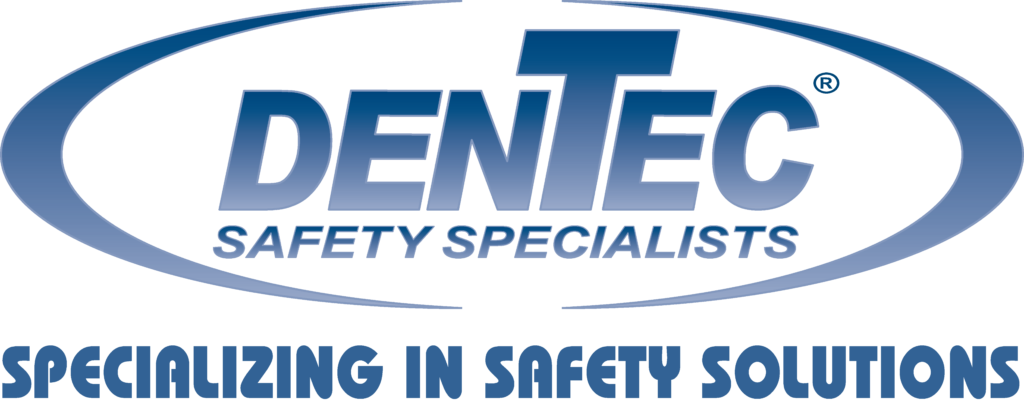In the dynamic landscape of Canadian industries, ensuring the safety of workers is paramount. The use of personal protective equipment (PPE) is a cornerstone of safeguarding employees from potential hazards in various sectors. Furthermore, Canadian regulations underscore the critical role PPE plays in preventing injuries, maintaining health, and ensuring compliance with safety standards.
Understanding Canadian Regulations on PPE
Canada boasts a robust regulatory framework aimed at creating safe workplaces across a diverse range of industries. Occupational Health and Safety (OHS) regulations, enforced at both federal and provincial levels, set the standards for PPE usage in the workplace. Whether it’s construction, manufacturing, healthcare, or other industries including offices, restaurants, fleet operations, and more, the principles of PPE compliance remain constant.
The Significance of PPE Compliance in the Workplace
Construction:
In the construction industry, where the work environment is rife with potential hazards such as falling objects, sharp materials, and electrical risks, PPE serves as a primary line of defense. Helmets, safety glasses, high-visibility clothing, fall protection lanyards, ear plugs, and respiratory masks are just a small sampling of PPE that construction workers rely on daily.
Manufacturing:
Manufacturing plants often involve machinery, chemicals, and noise, creating a landscape of multifaceted risks. Earmuffs, gloves, safety glasses, and reusable respirators are indispensable in safeguarding workers from the unique challenges posed by the manufacturing environment.
Healthcare:
In healthcare settings, PPE takes on a different but equally critical role. Gloves, respirators, gowns, safety googles, and face shields, are all essential in protecting healthcare professionals from infectious diseases and maintaining a safe environment for patient care.
Oil and Gas:
Workers in the petroleum and natural gas industries face specific risks associated with flammable materials and challenging terrains. Flame-resistant clothing, safety glasses and goggles, ear plugs and earmuffs, hardhats, and respirators are vital components of PPE in mitigating these risks effectively.
The Consequences of PPE Non-Compliance

Failure to comply with PPE regulations can have severe consequence, not only for individual workers but also for organizations as a whole. The repercussions of PPE non-compliance may include:
- Increased Risk of Injuries:
The primary purpose of PPE is to prevent injuries. PPE non-compliance exposes workers to avoidable risks, leading to accidents, injuries, and, in extreme cases, fatalities. - Legal Ramifications:
Canadian OHS regulations are legally binding, and failure to adhere to PPE requirements can result in legal consequences for employers. Fines, penalties, being required to stop operations, and other legal actions can significantly impact an organization’s reputation and financial stability. - Impact on Worker Health:
Non-compliance with PPE standards can have long-term effects on the health of workers. Exposure to harmful substances, inadequate protection from environmental hazards, and neglecting safety measures contribute greatly to occupational health issues. - Decreased Productivity:
Workplace accidents resulting from PPE non-compliance often lead to downtime, investigations, and increased absenteeism. This, in turn, affects overall productivity and the smooth functioning of organizational operations.
Tips for Ensuring PPE Compliance in the Workplace

- Create Comprehensive Training Programs:
Education is the first line of defense against non-compliance. Implement thorough training programs that educate workers on the importance of PPE, the specific hazards they may encounter on the job, and the correct usage of safety equipment. - Conduct Regular Workplace Inspections:
Conducting regular inspections ensures that PPE is in good condition, properly fitted, and is being used correctly. Promptly replace damaged or outdated equipment to maintain a high level of safety. - Tailor PPE to Specific Job Roles:
Recognize that different job functions and roles within an organization may require different types of PPE. Tailor internal safety measures to meet the specific needs of each role to enhance the effectiveness of protective actions. - Consult with Safety Specialists:
Engage with safety experts such as Dentec Safety to stay informed about the latest advancements in PPE and ensure that the equipment used aligns with the Canadian safety standards. - Incorporate Employee Involvement and Feedback:
Encourage employees to provide feedback on the comfortability and functionality of the PPE they use. Involving workers in the decision making process can foster a culture of safety and compliance. - Make Continuous Improvements:
Regularly review and update safety protocols based on evolving industry standards and feedback from workers. Embrace a culture of continous improvement to adapt to changing conditions and emerging risks.
The Hierarchy of Controls: Reducing Workplace Hazards
In addition to emphasizing the importance of PPE compliance, it is crucial to understand the hierarchy of controls in safety management. The hierarchy of controls is a systematic approach to safeguarding workers from workplace hazards, prioritizing measures based on their effectiveness.

- Elimination: The first level of control involves removing the hazard entirely, providing the highest degree of protection.
- Substitution: The next level of control involves replacing the hazard with a less dangerous alternative.
- Engineering Controls: This level of control involves designing the workplace or equipment to minimize exposure to the hazard.
- Administrative Controls: The administrative level of control focuses on the establishment of procedures and policies to reduce the risk.
- PPE: The last line of defense, PPE offers protection when other measures are not feasible or insufficient.
Recognizing and implementing the hierarchy of controls aids in creating comprehensive safety strategies that prioritize prevention and protection at various levels, reinforcing a commitment to the well-being of the workforce.
Dentec Safety’s Role in Ensuring Canadian PPE Compliance
At Dentec Safety, we stand at the forefront of ensuring PPE compliance across Canadian industries with 100+ years of combined experience. With a commitment to innovation and quality, we offer a range of PPE solutions tailored to meet the specific needs of a diverse range of sectors.
Customized Solutions:
We understand the one size does not fit all. Tailoring PPE solutions to the unique challenges faced by industries ensures that workers have the most effective protection against potential workplace hazards.
Safety Regulatory Adherence:
Our Safety Specialists stay abreast of Canadian safety regulations, ensuring our products are properly certified to the various standards demanded by provincial and federal regulations. Our commitment to compliance ensures that organizations that rely on us can trust the effectiveness of their PPE.
Educational Initiatives:
Beyond offering top-notch safety equipment and solutions, we actively engage in educational initiatives. By sharing knowledge about the importance of PPE compliance, we are contributing to building safer work environments across Canadian industries.
PPE compliance is not just a regulatory requirement; it is a commitment to the well-being of the workforce. The significance of wearing PPE in various Canadian industries cannot be overstated. At Dentec Safety, our dedication to innovation, customization, and adherence to regulations, plays a pivotal role in ensuring workers across the country return home safely each day. By prioritizing PPE compliance, organizations contribute not only to the safety of their employees but also to the overall resilience and success of the Canadian workforce.
Dentec Safety is a leading manufacturer and distributor of safety products in the North America since 2004. Dentec Safety is dedicated to providing the highest quality safety products and solutions delivering enhanced value and comfort. Our expertise from decades of experience in Industrial Safety and our innovative design technologies have solidified us as thought leaders in the field. Protection and comfort are at the core of everything we do at Dentec. As a leading manufacturer of Safety Solutions, it is our mission to help organizations do the right thing, keep their employees safe and exceed Industry Health & Safety Standard.








